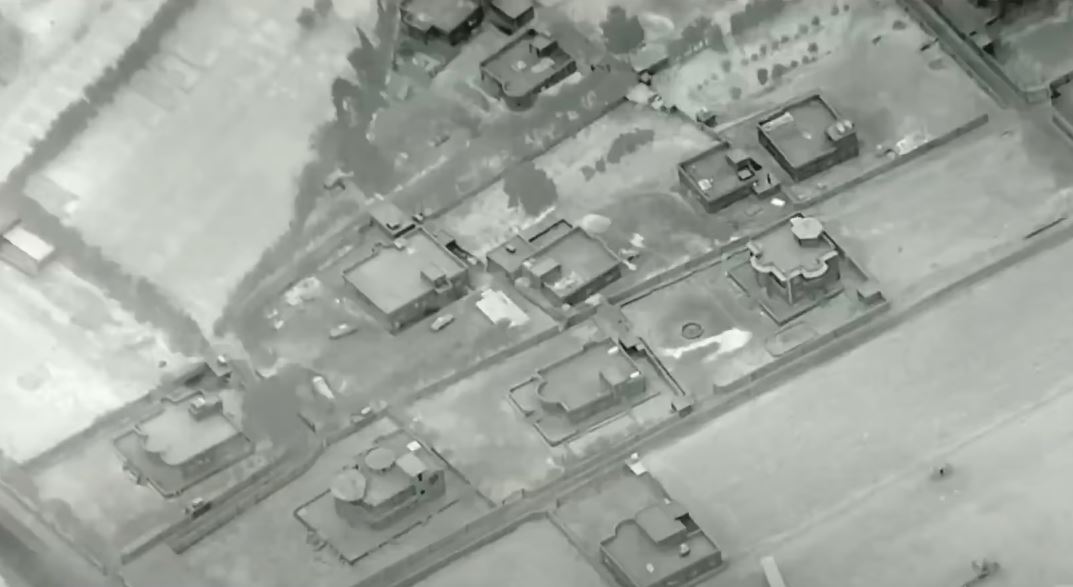The recent upsurge in hostilities targeting US military personnel in the Middle East has precipitated a significant underreporting of service member casualties, according to the latest disclosures by US defense officials.
In a stark revision of earlier figures, it has been acknowledged that the number of injuries sustained in the attacks—believed to be executed by Iran-affiliated factions—exceeds twice the amount formerly communicated by the Pentagon. Currently, at least 45 American service members have reported minor injuries or are being evaluated for potential traumatic brain injuries (TBI), a serious concern that affects the operational readiness and welfare of military personnel.
In-depth surveillance of these incidents revealed that approximately two dozen service members might have endured TBIs during the assaults on al-Tanf in southern Syria and al-Asad air base in western Iraq. Initially, the Defense Department had indicated that only 21 service members were afflicted with minor injuries from these conflicts.
The increase in reported TBIs is attributed to a growing number of service members coming forward with post-attack symptoms, suggesting that the full scope of injuries may continue to evolve.
Prompted by these unsettling revelations, three Congressional members, all veterans themselves, penned a letter to Defense Secretary Lloyd Austin, seeking clarity on the measures in place to shield service members from TBIs, particularly those stationed at forward operating bases.
Representatives Ruben Gallego, Morgan Luttrell, and Bill Johnson stressed the imperative of preemptive action not only to safeguard the troops but also to maintain the operational capacity of these critical bases.
Over 38 Attacks on US Bases Highlight Military Risks

Since October 17, at least 38 attacks have been directed at US bases in Syria and Iraq, predominantly through drones, mortars, or rockets. The two attacks on October 18 were notably injurious, with one attack involving drones, one of which evaded interception and struck the al-Tanf base, causing injuries. Another attack with similar drone involvement targeted the al-Asad air base, where, despite the drones being neutralized, resultant debris inflicted injuries.
One US contractor succumbed to a heart attack during these attacks, highlighting the broader peril of such conflict scenarios. In a separate but equally alarming incident on October 25, a drone laden with explosives impacted a building at a base in Erbil but failed to detonate. The potential for catastrophic loss of life had it exploded was a chilling reminder of the stakes involved.
The US has since responded with targeted strikes in eastern Syria, aiming at ammunition and weapons storage facilities associated with the Islamic Revolutionary Guard Corps and their proxy groups. These countermeasures underscore the US position that holds Iran culpable for the facilitation and support of these militia groups, though without directly accusing Iran of orchestrating the attacks.
In a recent briefing, Pentagon Spokesman Brig. Gen. Patrick Ryder emphasized the complexity of diagnosing and reporting TBIs, noting that symptoms often manifest post-attack and rely heavily on individual self-reporting. The increased reported injuries reflect this delayed onset of symptoms, including headaches and tinnitus, rather than immediate apparent wounds.
This situation underscores the challenging nature of assessing the true impact of such attacks on US military personnel and the imperative for vigilant monitoring and responsive medical assessment protocols.


Comments are closed.